The Hupfeld Violina | part of the Chalice Symphony for Stella Artois

The Hupfeld Violina is part of the Stella Artois Chalice Symphony, a quartet of instruments I designed for a performance with Cold War Kids. Each instrument uses Stella Artois's iconic chalice to make music in a different way — bowing them, striking them, using them as tuned resonators, or using their shapes to form vowels in vibrating columns of air.
They are designed to musically complement each other with a variey of timbres, pitches, and expressive features. Here's the short promotional video.
Here's the short promotional video.
The Hupfeld Violina

The Hupfeld Violina plays music by bowing tuned Stella Artois chalices with a circular bow of Mongolian horse hair. Each of its eighteen chalices has three distinct voices, depending on how it is bowed. The performer can play an octave and a half of pitched and can control the speed and pressure of the bow to change the voices and timbres. So one note can be stretched out into a highy dynamic phrase. And notes can be combined into shimmery chords.
It borrows the Hupfeld name as a tribute to the inspirition behind its circular bows — Ludwig Hupfeld's Hupfeld Phonoliszt Violina, a violin-playing player piano from 1907. It was part of a technological race to provide music without musicians. These included mechanical orchestras, radio, the phonograph, and the amazing Telharmonium - which streamed electronic music over telephone lines.
It's always both inspiring and humbling to see the amazing level of craftsmanship in these early mechanical instruments.

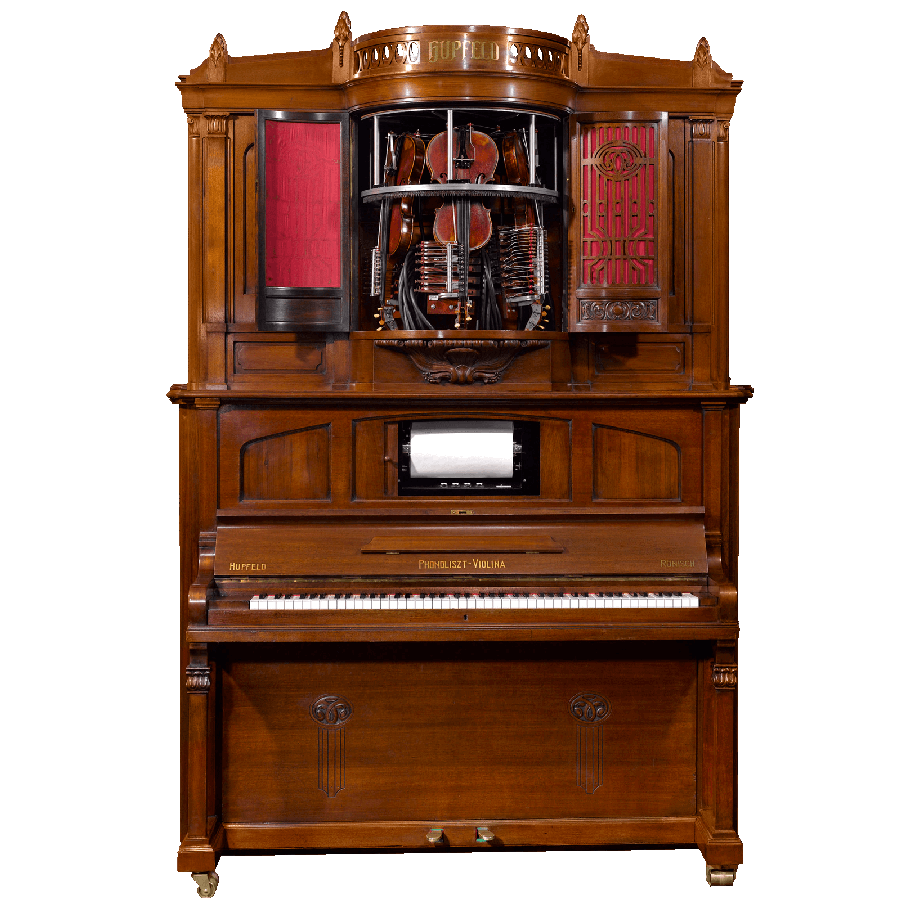
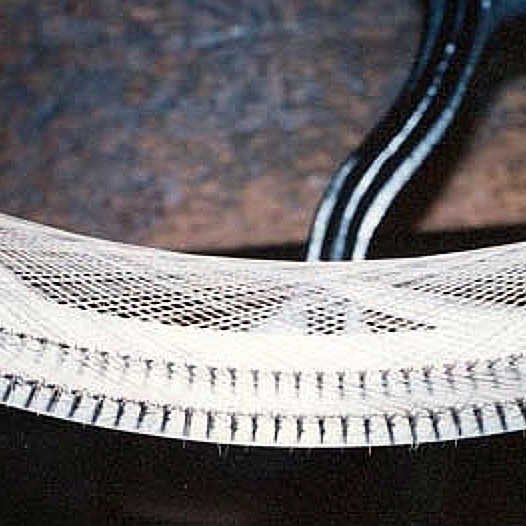
Studio Process
Each of these Chalice Symphony instruments is vast — with custom electronics, custom software, mechanical engineering and machining, fine handcrafting, hundreds of cables, and all of the sensitivity of an acoustic musical instrument. The journey took three momths of long days and nights.
Here is a smattering of moments from the process.
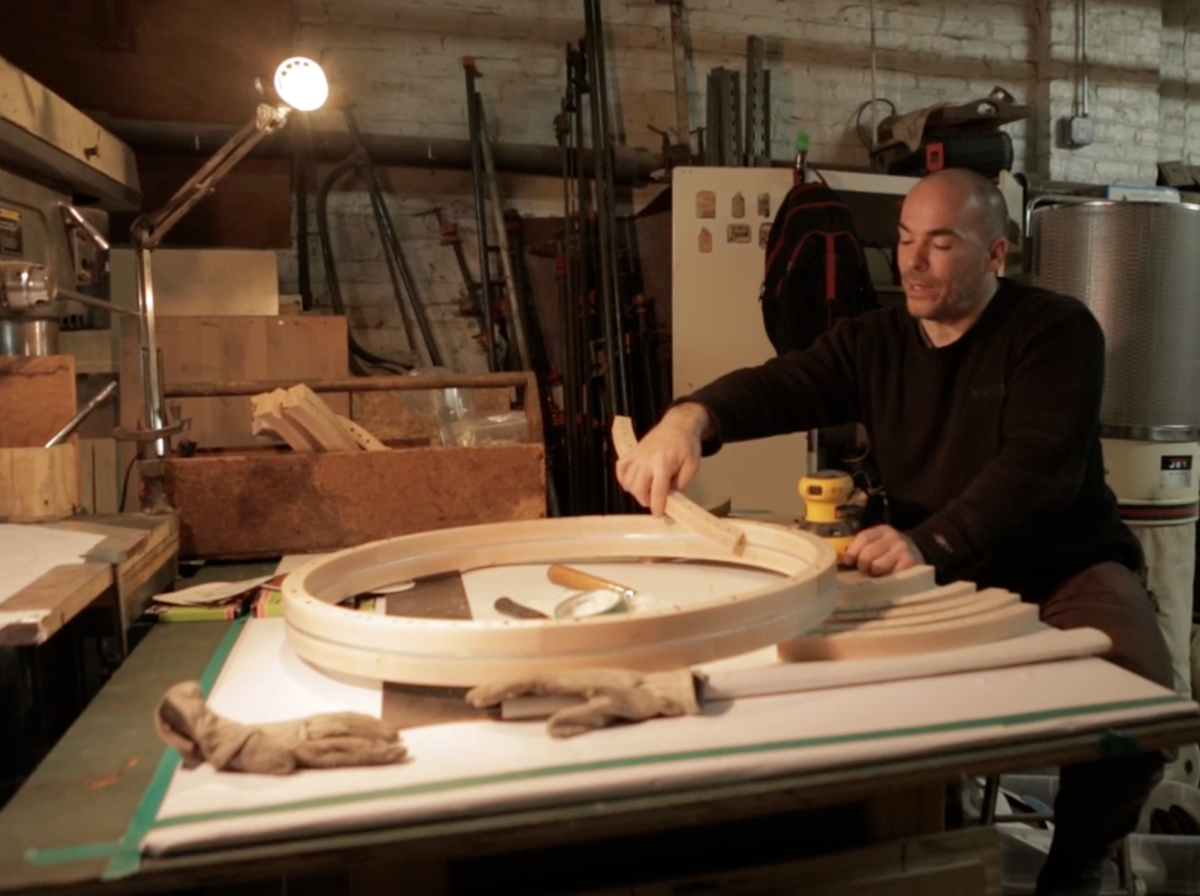

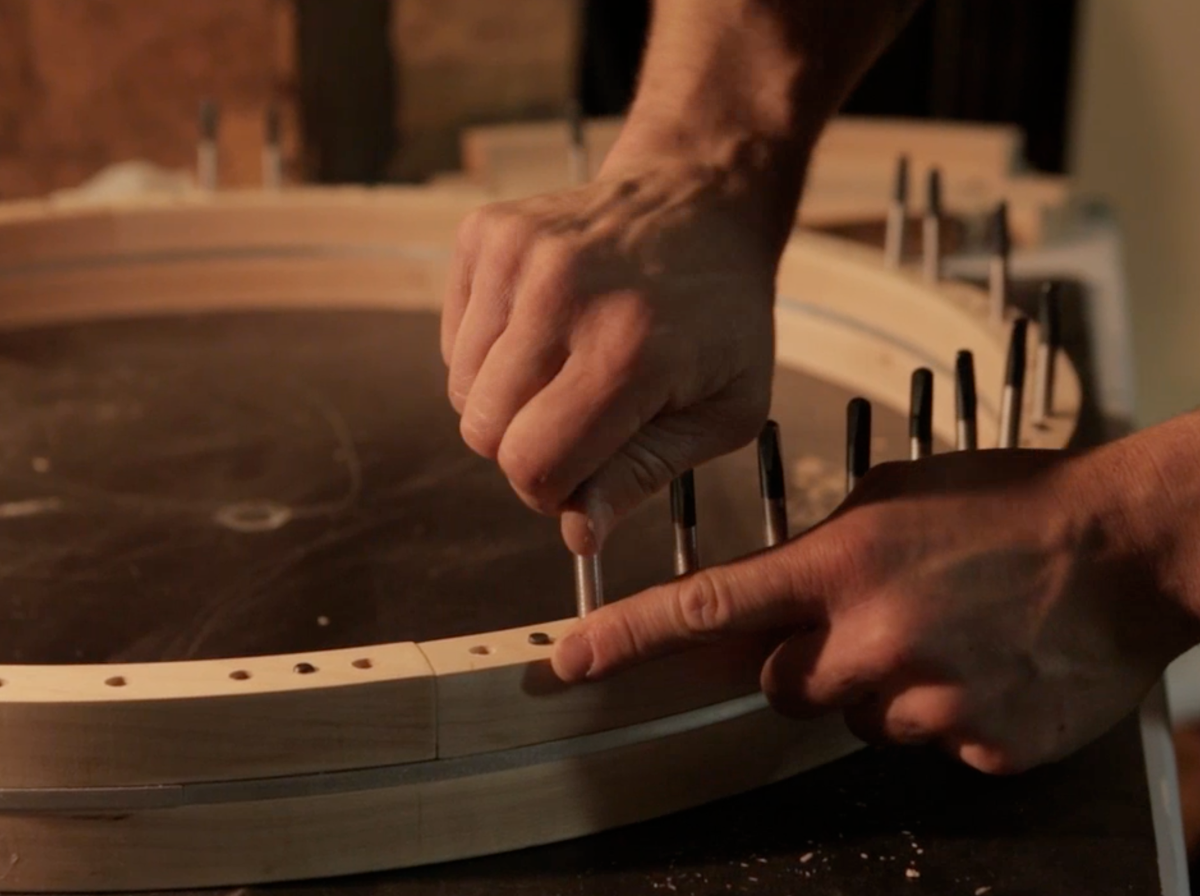

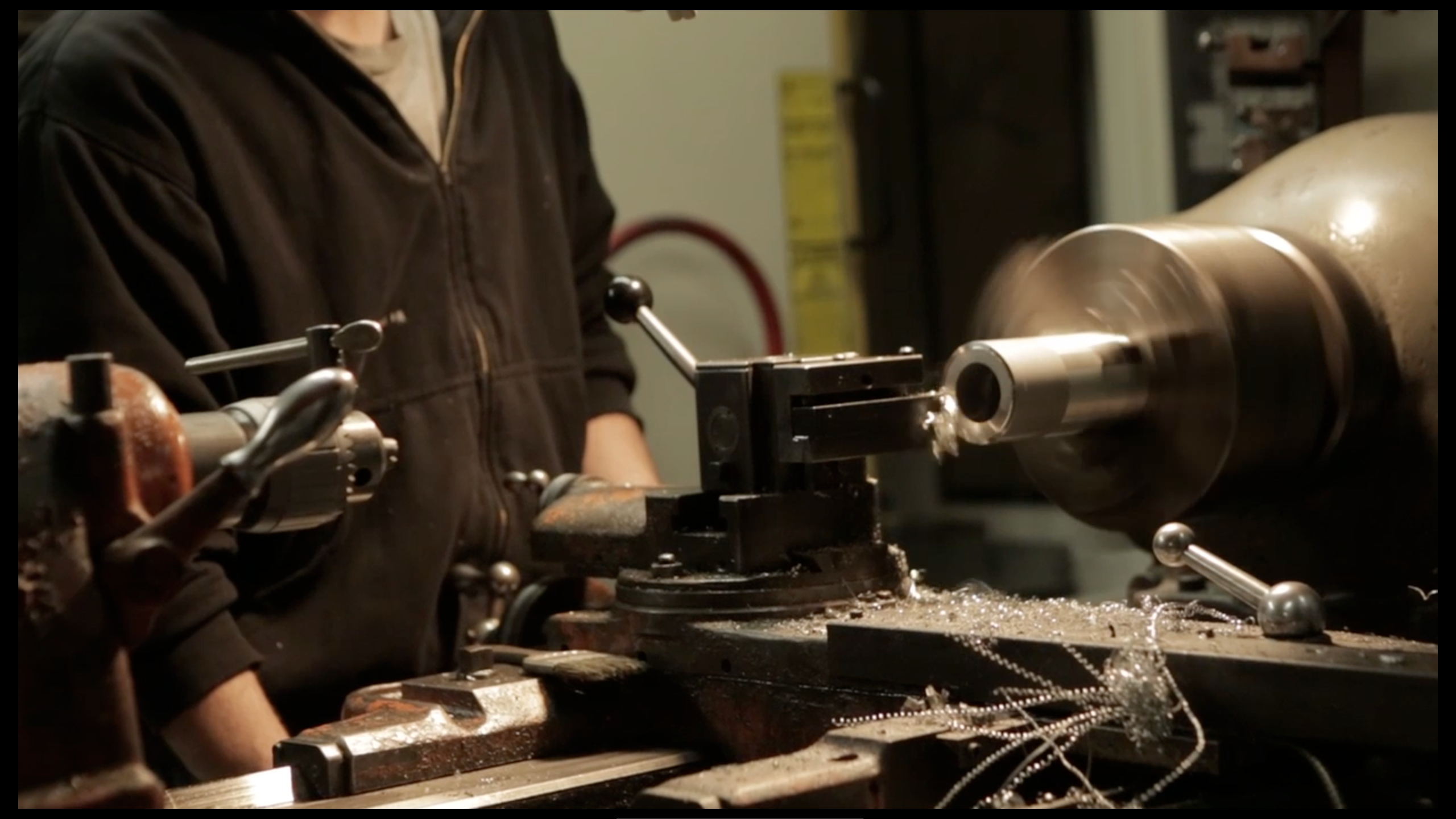
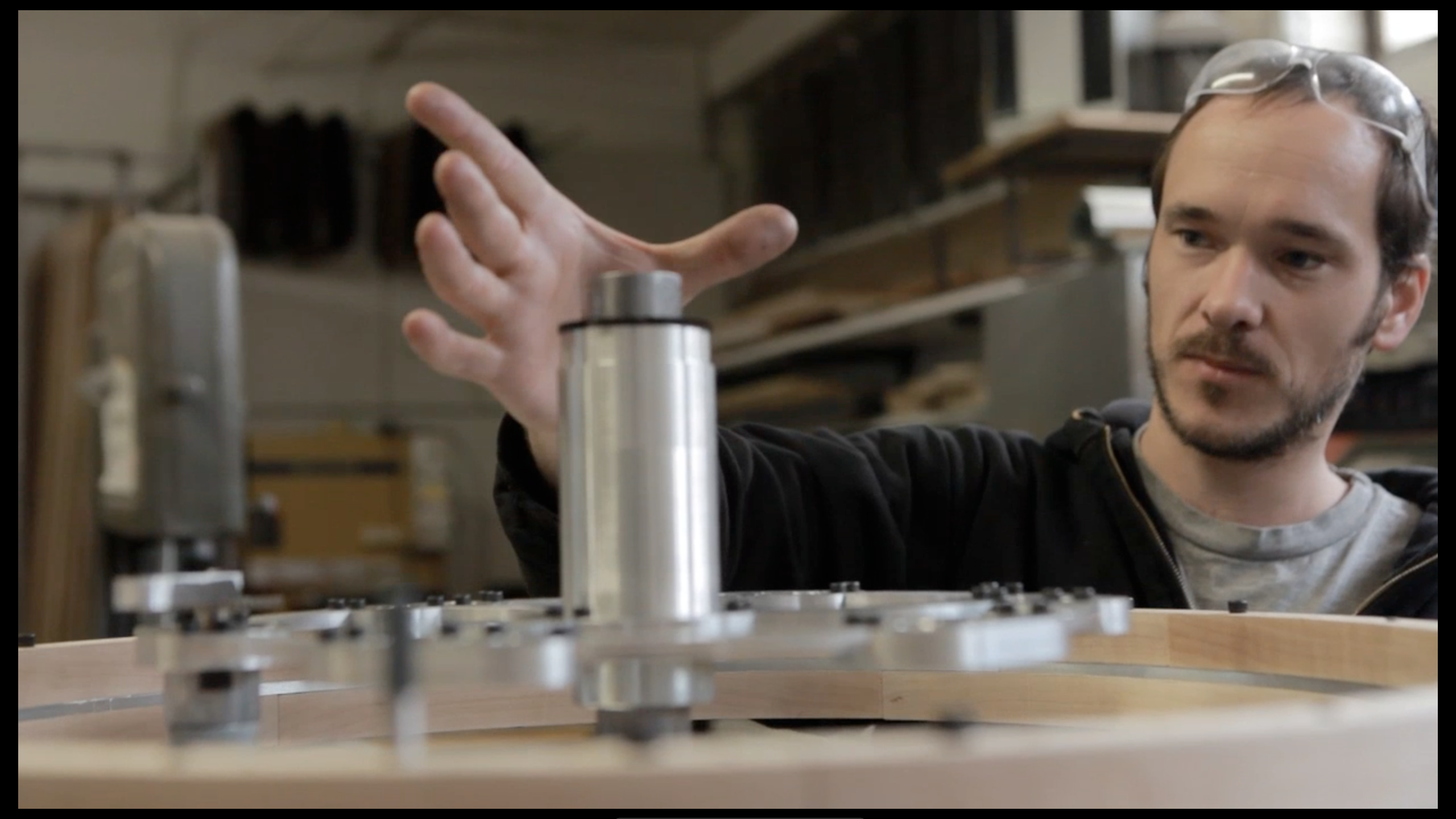
The first motion tests, before adding the tuned chalices.
Rehearsing compositions. Why does everyone look terrified?
First contact with the ever-curious Cold War Kids.
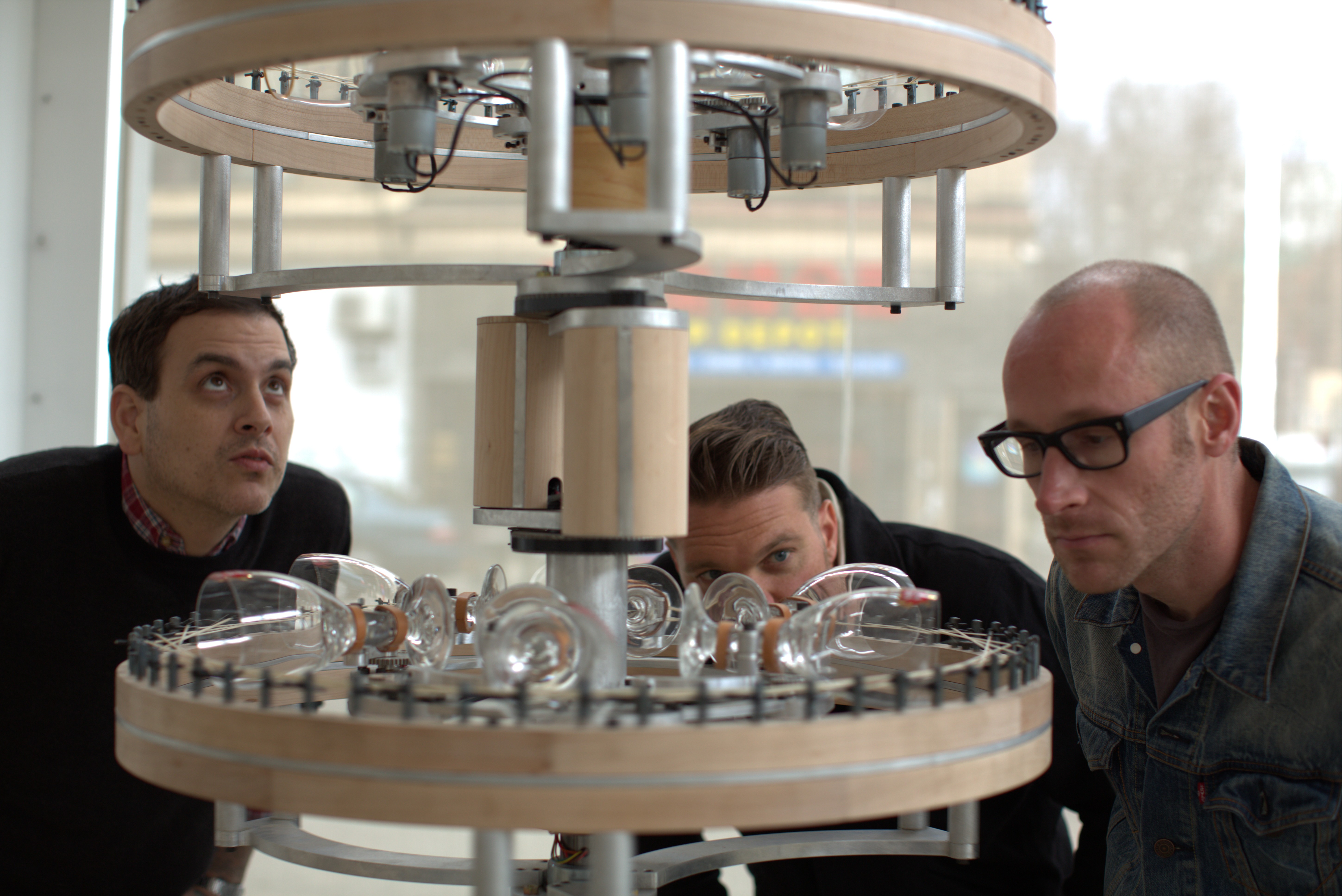
And here is the whole Chalice Symphony documentary.